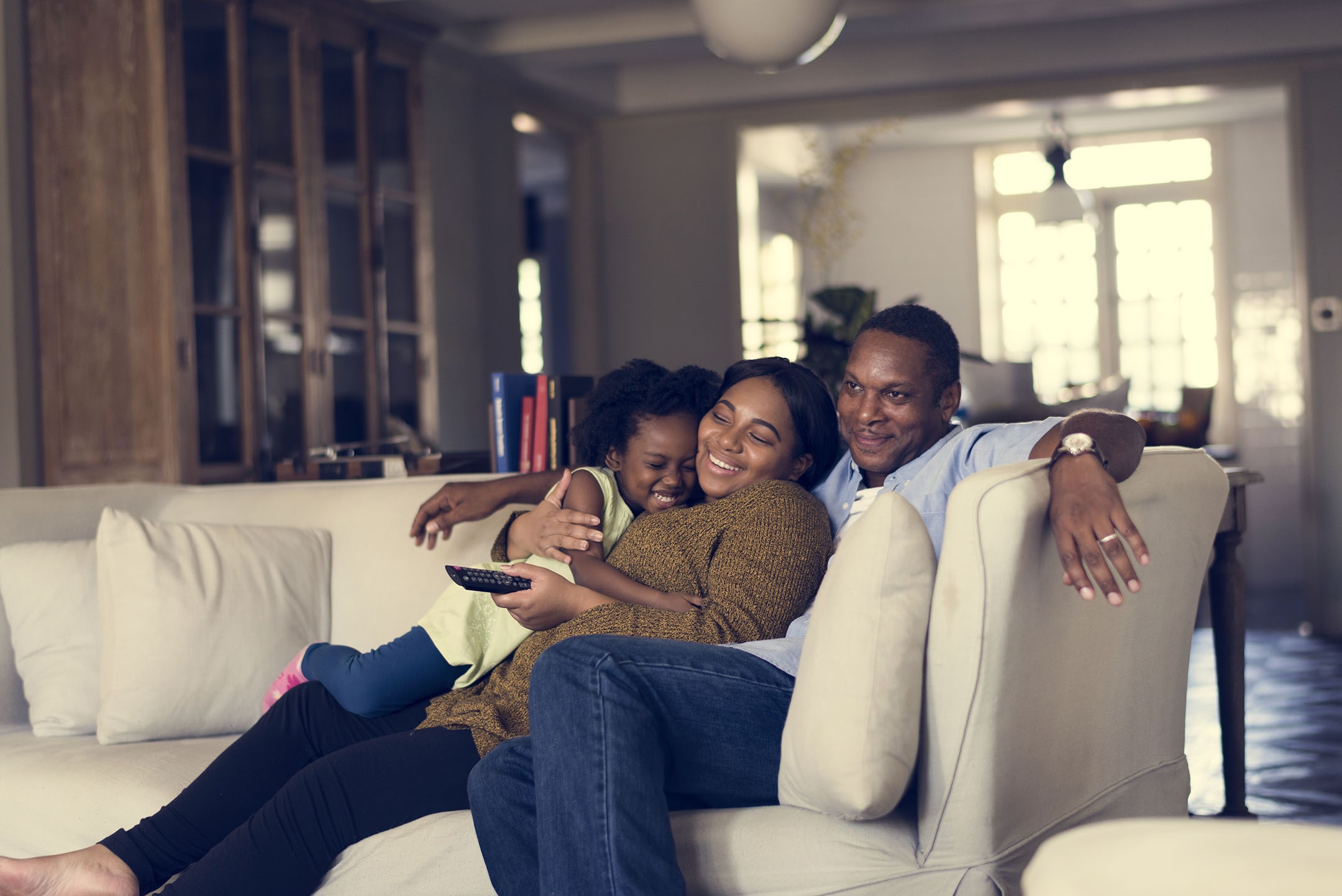Manufactured vs. Modular Homes
When it comes to residential construction, there is a wide range of housing options to suit different needs and preferences. Among these...

Your debt-to-income ratio is exactly that. It is a simple comparison of your total monthly debts to your gross monthly income.
Most folks seek out a debt-to-income ratio calculator to determine their DTI, but the actual calculation is easy. You simply divide monthly debt (d) by your monthly income (i): d / i = debt-to-income ratio. So, most of the work is accurately identifying your debt and income. Fortunately, this is usually pretty straightforward.
Your debt for this calculation is generally any recurring and consistent monthly cost. This includes things like credit cards, car loans, leases, student loans, housing expenses, and child support payments. It does not include basic living expenses, like utility payments or auto insurance. Chances are you are already aware of your monthly debt obligations and can name them off hand. If you are a little hazy, or just want to confirm, you can access statements on most creditors websites or phone apps. Another option is to pull your own credit. This should show you everything the lender will find and use in their calculation. Most bank apps these days will allow you to view your score, but for a full history you can do a soft pull of your own credit for free at annualcreditreport.com.
Income is easy to calculate into a monthly number once you know your gross income and pay schedule. If you are a salary or hourly worker, all this information is included on your paystubs.
Salary pay is the easiest to calculate. If you are paid twice monthly – on the first and fifteenth for example – you can simply multiply the gross income on your most recent paystub by two. If you are paid bi-weekly, you still use the gross income amount on your paystub, but you multiply it by 26 and divide the product by 12. If you are paid weekly, you multiply gross income by 52 and divide by 12.
If you are an hourly worker, calculating your income is still easy, there are just a few more steps. You first determine how many hours a week you work on average. You then multiply that by your hourly pay rate – don’t forget to include overtime if it is consistent. Finally, you multiply your weekly income by 52 and divide by 12.
If you are paid commission, you should be able to divide the income on your W2 by 12. If you own a small business, you should be able to find your income on the previous year’s tax returns. Look for your adjusted gross income and divide that by 12 to get an estimated monthly income. *Pro tip: if you are thinking of applying for a loan with self-employment or commission income, you should have your tax returns handy.
Have multiple types of income? That’s great. You’ll just calculate the incomes individually and combine them. Make sure you can show that each income is consistent and reliable.
When you submit a loan application, the lender is tasked with ensuring you are financially ready to handle the loan you are asking for. Your debt-to-income ratio carries a lot of weight in this consideration.
Most lenders like to see a total debt-to-income ratio under 36%, with 28% or less of that going toward your mortgage(s). Anything lower than that is great, even though it doesn’t really benefit you in underwriting. Creeping a little over 36% will not immediately disqualify you, though it may lead to a more detailed review of your loan and financial readiness to ensure you are not taking on too much. A debt-to-income ratio of 50% is generally the upper limit for you to still qualify for a mortgage. There are, however, some loan programs that will allow a debt-to-income ratio even a little higher.
There are only two ways to improve your debt-to-income ratio, raise your income or lower your debt. The latter tends to be the option people have the most immediate control over. One thing you can do to lower your debt is to pay something off. This can be done outright by making a single payment right out of your bank account. This can also be accomplished by absorbing debt into another loan. Many accomplish this with a cash-out refinance. If a debt is to be paid off with a new mortgage, the monthly payment for those debts will not need to be included your debt-to-income ratio calculation. So, if you have multiple debts being paid in a cash-out transaction, your debt calculation will only include the new mortgage payment.
As an example, let’s say you’re absorbing high interest credit card debt into your mortgage via a cash-out refinance. When your loan officer is processing your loan, your total debt will not include the high-interest credit card debt. Instead, it will include the new (cash-out) loan amount and the projected, low-interest payments attached. This would result in a lower DTI, giving you a greater chance to qualify for the loan and put you in a better financial situation after the loan.

When it comes to residential construction, there is a wide range of housing options to suit different needs and preferences. Among these...

As a first-time home buyer, there can be so many new concepts, options, and terms flying around, it can sometimes feel a bit overwhelming. And...

As a first-time home buyer, there can be so many new concepts, options, and terms flying around, it can sometimes feel a bit overwhelming. And...

1 min read
If you’re in the market for a new home, the first question that comes to mind is, “How much mortgage can I afford?” Most people buying a new home...

Fannie Mae and Freddie Mac offer underwriting guidelines for underwriters reviewing loans. Eligibility for some of their programs depend on...

Upon starting the application process for a mortgage loan, there are documents a lender will need from you in order to process your loan...